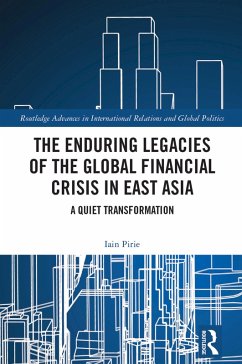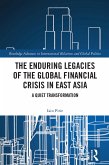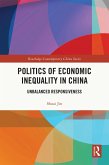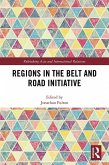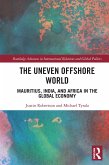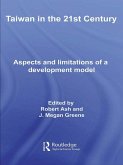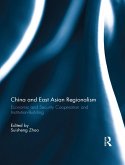The major East Asian economies, bar Japan, enjoyed strong recoveries from the 2008-2009 financial crisis. However, this success has been achieved by promoting domestic processes of financialization to maintain demand - more precisely, the rapid build-up of household debt (Malaysia, Korea, Taiwan, China) and asset price bubbles (China, Japan). In short, East Asia has employed precisely those practices that the global financial crisis itself illustrated the unsustainability of, to maintain growth. Using a post-Keynesian framework, the book argues that the dependency on these forms of financialization to support demand is a direct product of a failure to address the issue of inequality. High levels of inequality slow the growth of non-debt-based domestic consumption. An alternative approach to supporting demand in the post-crisis period would need to focus on progressive redistribution through strengthening of labour rights and systems of social support, which would directly challenge the interests of economic and political elites. The structural vulnerabilities that accelerated financialization is creating in East Asia demonstrate the necessity of a post-Keynesian growth strategy based on redistribution and curbing financialization. The book also argues that in certain Northeast Asian economies the crisis has led to a consolidation of systems of industrial activism/state control, which could have occurred without accelerated financialization, and vice versa.
This book will be of great interest to students and scholars of political economy and Asian studies.
Dieser Download kann aus rechtlichen Gründen nur mit Rechnungsadresse in A, B, BG, CY, CZ, D, DK, EW, E, FIN, F, GR, HR, H, IRL, I, LT, L, LR, M, NL, PL, P, R, S, SLO, SK ausgeliefert werden.

